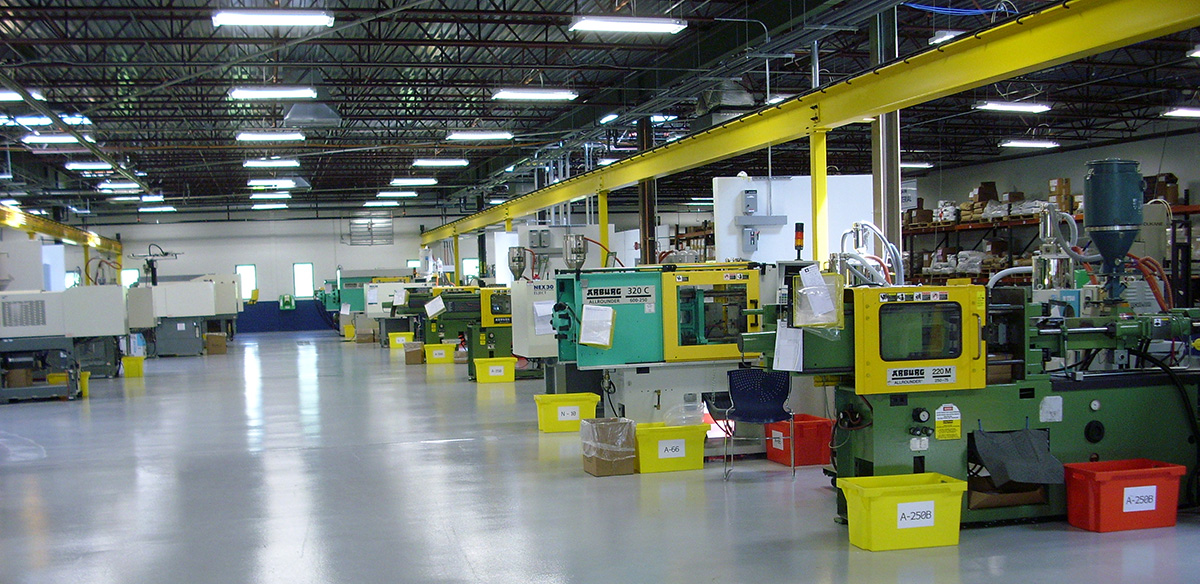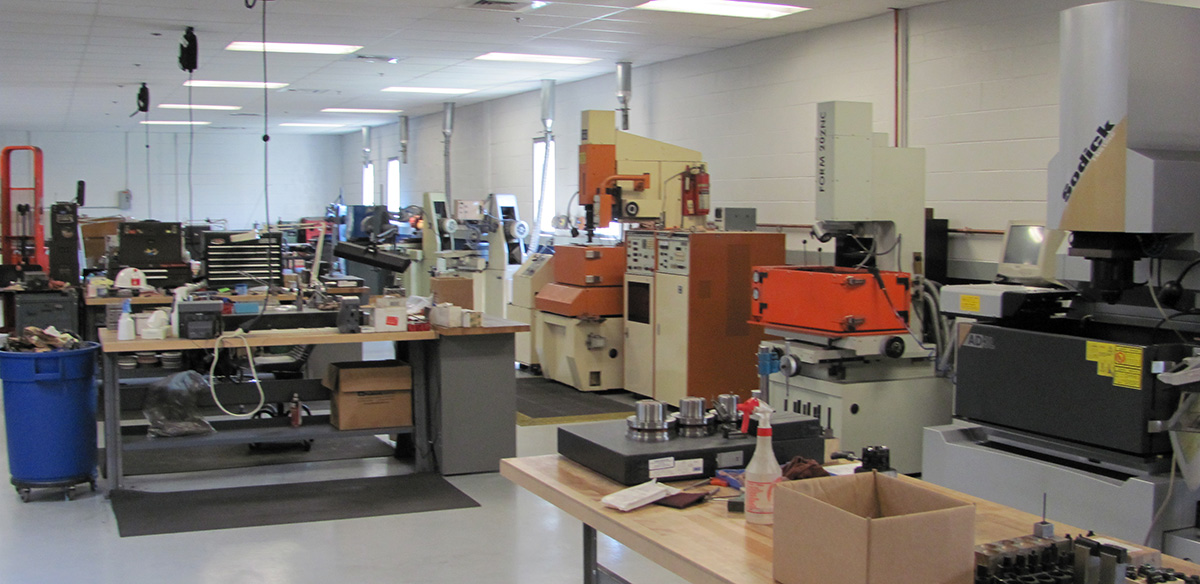Injection Mold/Process Qualification
First Article and/or First Piece start up inspection – Verifies that the mold, equipment and machine setup is qualified to run.
In order to validate that the molding process consistently yields acceptable results, inspection data needs to be collected using an adequate sampling method over multiple lots.
Inspection during production will ensure the process continues to make acceptable parts and that no failures from any of the fixed inputs caused a problem. Depending on the ability to achieve an optimal process with a large process window, some process adjustments or repairs may be necessary during a production run to compensate for unexpected variation or failures in the process.
Process Validation Process validation is an ongoing process that must be frequently adapted as manufacturing feedback is gathered. End-to-end validation of production processes is essential in determining product quality because quality cannot always be determined by finished-product inspection. Process validation can be broken down into 3 steps: process design, process qualification, and continued process verification.
Process Design (Stage 1) In this stage, data from the development phase are gathered and analyzed to define the commercial manufacturing process. By understanding the commercial process, a framework for quality acceptance criteria can be established and used as the foundation of control. This data is used to establish benchmarks for quality and production control.
- Quality by Design (QBD) when applicable
Quality by Design is an approach to manufacturing that stresses that quality should be built into products rather than tested into products; that product quality should be considered at the earliest possible stage rather than at the end of the manufacturing process. This can only be achieved with an upfront design team and focus group of subject matter experts initiated by the customer or part designer.
- Design of Experiment (DOE) when applicable
Design of experiments is used to discover possible relationships and sources of variation as quickly as possible. A cost benefit analysis should be conducted to determine if such a study is necessary. In the molding process the optimal processing window of temperature and pressure ranges in which the process will make acceptable parts can be determined and used as a predictor of process capability over the lifecycle of a part. This can be especially useful in higher volume, frequent running of larger parts with tight tolerances.
- Process Analytical Technology where applicable
Process Analytical Technology is used to measure critical process parameters (CPP) and critical quality attributes (CQA). PAT facilitates measurement of quantitative production variables in real time and allows access to relevant manufacturing feedback. This technology can be very expensive yet beneficial for high volume, frequent running larger parts with tight tolerances; however, can only be applied if designed upfront into tooling and manufacturing equipment.
- Critical Process Parameter (CPP)
Critical Process Parameters are operating parameters that are considered essential to maintaining product output within specified quality target guidelines. For injection molding the four most critical process parameters are Melt Temp, Fill Time, Pack/Hold Pressure and Mold Temperature. Once a molding machine is set up and verified by inspection, ongoing dimensions likely to show variation will be monitored to ensure critical process parameters have not been compromised by external factors or equipment failures.
- Critical Quality Attributes (CQA)
Critical Quality Attributes (CQA) are physical and cosmetic attributes that can be defined, measured, and continually monitored to ensure final product outputs remain within acceptable quality limits. CQA are an essential aspect of a manufacturing control strategy and should be identified in stage 1. During this stage, acceptable limits, baselines, data collection and measurement protocols should be established. Data from the design process and data collected during production should be kept by the manufacturer and used to evaluate product quality and process control. Historical data can also help manufacturers better understand process variation and which inputs contribute most to this variation as well as better identify when and why a process might fail. Should a serious product quality issue arise, historical data would be essential in identifying the sources of errors and in implementing corrective measures.
Process Qualification (Stage 2) In this stage the process design is assessed to conclude if the process is able to meet determined manufacturing targets. In this stage all production processes and manufacturing equipment is verified to confirm quality and output capabilities. Critical quality attributes are evaluated and critical process parameters are taken into account to confirm product quality. Once the process qualification stage has been successfully accomplished, production can begin. Some low volume or low frequent running parts may never make it into the production stage because enough data cannot be collected to determine the true process capability.
Continued Process Verification (Stage 3)
Continued Process Verification is the ongoing monitoring of all aspects of the production life cycle. It aims to ensure that all levels of production are controlled and regulated. Deviations from prescribed output methods and final product irregularities are flagged and documented and appropriate action taken as deemed by the manufacturing control plan.





